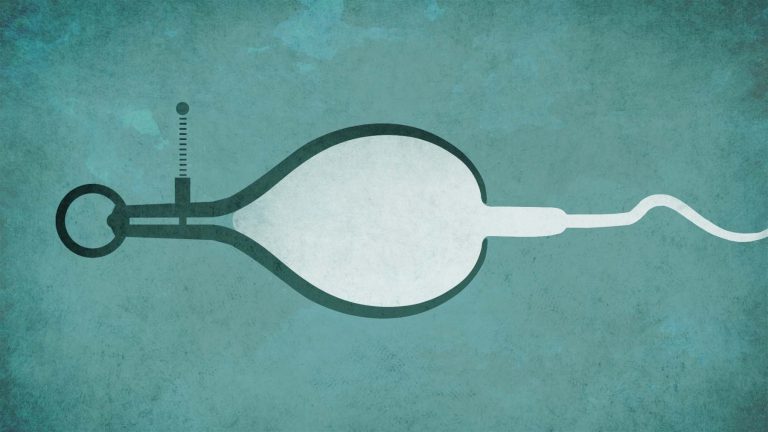For many young couples (under the age of 30) who are physically healthy, conception occurs within a few months of sexual intercourse. Age plays a big role in fertility and after 30 a woman’s reproductive ability drops each year. About 15% of couples are unable to conceive after 1 year of trying, and 10% of couples still can’t get pregnant after 2 years of trying.
Infertility is typically defined as the inability to get pregnant after one year of unprotected intercourse.
There is a common misconception that infertility is just a woman’s issue. That is, many people think that if a couple can’t have a child, then the woman must be at fault; she must have some kind of problem with her eggs, etc. In fact, infertility affects men and women equally. A survey of married women by the Center for Disease Control Prevention found that about 6% of women in the US are infertile. With 10-15% of couples dealing with infertility, you can see that men also play a big role in fertility issues.
Common Causes of Infertility
There are many different causes of infertility, some affect women and some affect men. As many as 25% of couples facing infertility have more than one factor contributing to their inability to conceive.
3 Causes of Female Infertility:
- Ovulation disorders, such as PCOS, hyperprolactinemia, premature ovarian insufficiency, or hypothalamic dysfunction.
- Damaged or blocked fallopian tubes, which can be caused by previous pelvic infections or abdominal surgery.
- Uterine or cervical problems, such as scarring induced by endometriosis, polyps, poor quality cervical fluid, or inherited malformations of the uterus or cervix.
3 Causes of Male Infertility:
- Medical problems, such as problems with sperm or semen, swollen testicular veins (varicoceles), pelvic infections, pelvic injuries, tumors, hormone imbalances, chromosomal defects, Celiac disease, or the use of certain medications.
- Environmental factors, such as exposure to industrial chemicals, exposure to heavy metals, exposure to radiation or X-rays, or overheating of the testicles (typically from frequent hot tub use).
- Lifestyle factors, such as drug or alcohol use, smoking, obesity, or stress, all of which can reduce fertility by lowering sperm count or lowering testosterone levels.
Unexplained Infertility
Sometimes, test results come back normal, and a doctor is unable to determine the cause(s) of infertility. This is called unexplained infertility. Up to 30% of infertile couples have unexplained infertility. It may be caused by problems with fertilization, genetics, egg quality, tubal function, or sperm function that are difficult to treat and/or diagnose.
Doctors use a variety of test to assess a man and woman’s fertility. These include, but are not limited to:
Fertility tests for men:
– Hormone testing
– Genetic testing
Fertility tests for women:
– Ovulation testing
– Hysterosalpingography (an X-ray of the uterus and fallopian tubes)
– Ovarian reserve testing, to see how many eggs a woman has
– Thyroid and/or pituitary hormone testing
– Pelvic ultrasound
– Laparoscopy (a minor surgery done to look more closely at your ovaries, fallopian tubes and womb)
– Genetic testing
Although there are many tests available to help diagnose infertility, the high rate of unexplained infertility shows it isn’t enough. Men have even fewer tests available than women.
The semen analysis is the standard test doctors use to evaluate male fertility. Although it can be a useful first test to assess semen parameters, it has been found to be very ineffective for diagnosing infertility. There are additional factors causing male infertility that aren’t assessed in a routine semen analysis. Consequently, there is a need for better and more advanced testing of the causes of male infertility. Greater insight into the causes of infertility gives us a better chance to treat it.







